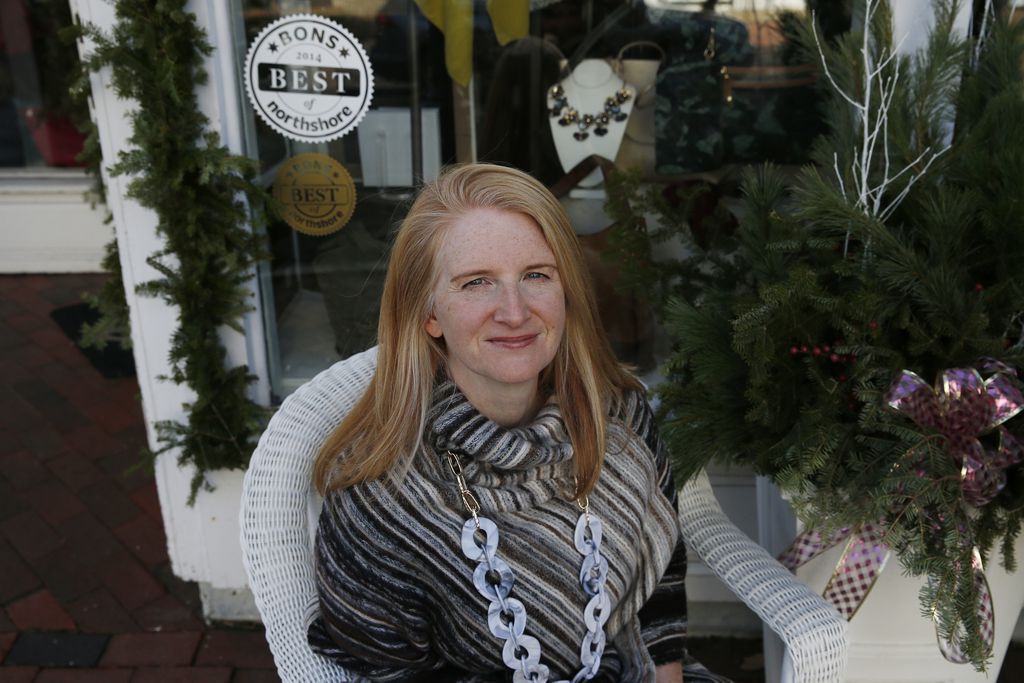Nov 10 / Community

Black Friday has become ‘Black November’
Nov 27 / News
Boston Globe | November 27, 2019 | Shirley Leung
For retailers this year, Black Friday couldn’t come soon enough.
So many didn’t wait. Judging by your inbox and mail box, you know that “door-busting” discounts began weeks ago. It’s a trend that has ratcheted up this year because a late Thanksgiving delayed the traditional kickoff to the holiday shopping season.
If retailers don’t plan right, the compressed schedule could lead to a potential loss of nearly $1 billion in online revenue alone, according to Adobe Analytics.
All of which explains why Black Friday has now become Black Friday Week, or as one retail analyst calls it this year, “Black November.”
“It’s interesting to see this shopping season expand so much,” said Katherine Cullen, senior director of industry and consumer insights at the National Retail Federation, a trade group. “It’s definitely become a Black November.”
In a survey conducted the first week of November by the federation and Prosper Insights & Analytics, 56 percent of consumers had already begun their holiday shopping. On average, they had completed 24 percent of their shopping, an unusually high amount compared to previous years.
Still, Black Friday remains a big day for retailers marked by families camping out in the wee hours at big-box stores like Walmart and Best Buy (in Massachusetts, at least) waiting to snag a super-cheap TV or tablet. In 2018, it was the top shopping day of the year for both in-store and online US consumer spending, according to research firm NPD Group. During the week of Thanksgiving and Black Friday, consumers made an average of 5.5 in-store and 3.6 online purchases last year.
Malls have been eager to get consumers into the holiday spirit sooner rather than later. Santa Claus arrived at Burlington Mall on Nov. 1 — yes, you read that right, just a day after Halloween. Another Simon Mall, South Shore Plaza in Braintree, brought out Santa on Nov. 8, complete with a discount – a few dollars off if you have your kid’s photo taken with him before Dec. 13.
“The mall has been very busy,” said Ashley Feldhouse, director of marketing and business development at South Shore Plaza. “People are getting on it.”
MarketStreet Lynnfield opened up its pop-up ice rink on Nov. 9 – a few weeks earlier than last year. WS Development, which owns the Lynnfield lifestyle shopping center, is pushing events across its properties to attract shoppers from a tree lighting ceremony in the Seaport to an ugly sweater stroll at Legacy Place in Dedham.
And like Black Friday, WS has turned the day after Black Friday — Small Business Saturday — into a month-long marketing campaign called “Small but Mighty” to highlight mom and pop tenants at its shopping centers.
Extending store hours is another tried and true way to entice shoppers. Malls have long done this, but now some mom and pop stores are following suit with only 26 shopping days between Thanksgiving and Christmas. (That’s six fewer than last year.)
“It’s going to be very fast and furious,” said Karen Hayes, co-owner of Pretty Poppy, a women’s jewelry and accessories store with three locations in Newburyport, Lynnfield, and Portsmouth, N.H.
Hayes plans to open Pretty Poppy an hour early at 9 a.m. Thursday through Saturday between now and Christmas, and stay open later if need be. Hayes anticipates a crush of customers in December because many tend to wait until after Thanksgiving and are likely to be shocked to discover how close Christmas is.
“They are going wake up on Monday, Dec. 2, and they are going to start to freak out,” predicts Hayes.
Cardullo’s Gourmet Shoppe is also opening earlier — 8 a.m. Monday through Friday at its location in the Seaport District “so people can get a jumpstart before their work day,” explained co-owner Kim Wilson.
Cardullo’s — known for its selection of chocolates and specialty food – has also loaded up on events in November and December – everything from chocolate samplings to craft beer tastings.
“We’re trying to make our stores exciting places to shop,” said Wilson.
While the calendar might not work in retailers’ favor, the holiday season is expected to be a healthy one. The National Retail Federation forecasts that consumers will likely spend, on average, $1,047.83, an increase of four percent over last year.
As much as we have gotten used to shopping on our smartphones and laptops, some traditions die hard. Even in this digital age, the holidays aren’t the same without fighting the crowds at a brick-and-mortar store, tracking down that must-have gift, and standing in a line with a full cart. Let the shopping games begin!


